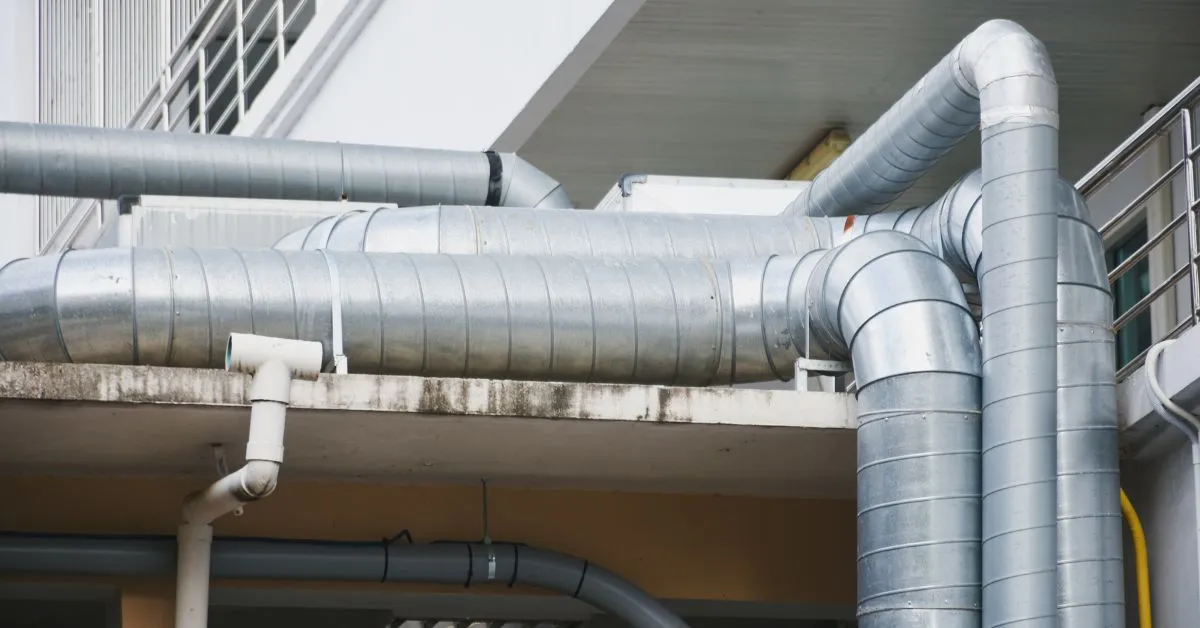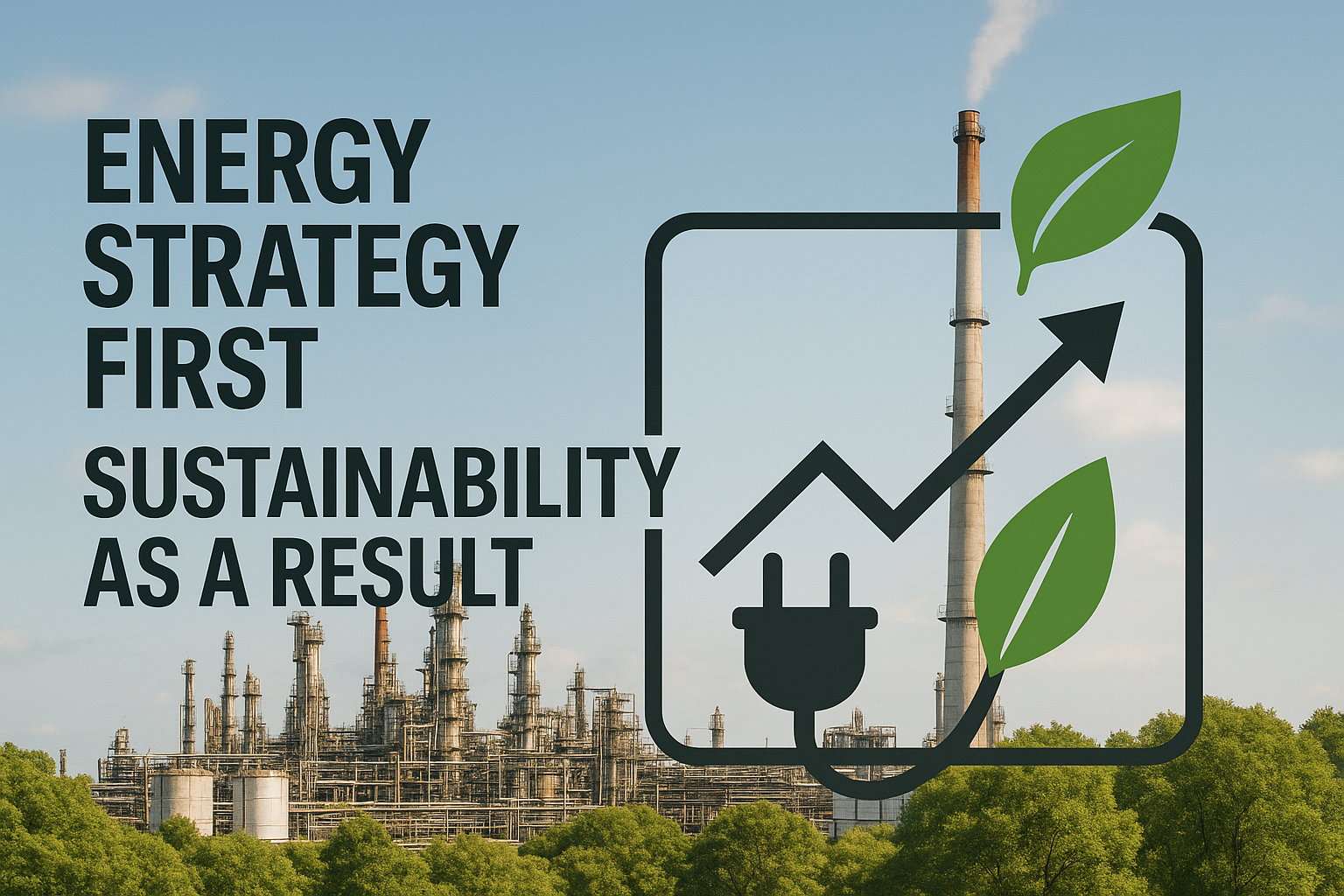Energy is your plant’s most expensive consumable, and a surprisingly large portion of it never translates into useful work. Compressed-air leaks alone can squander 20–30% of the electricity fed into a system, while untapped waste heat carries away a similar share of fuel burned in furnaces and kilns. Add aging pumps, oversized motors, and manual scheduling, and energy can represent a significant portion of operating costs for oil & gas, chemical, cement, metals, and food facilities, depending on the industry and facility.
Rising utility prices, tighter emissions rules, and corporate carbon commitments make this pain more acute every quarter. The good news: industrial AI lets you capture significant efficiency improvements without ripping out equipment. Here are five “quick wins”, high-impact AI initiatives that deploy fast, deliver immediate savings, and lay the groundwork for deeper, plant-wide optimization.
1. Spot Energy Waste in Real Time
Energy losses often hide during routine rounds. Steam traps that bleed heat, poorly insulated pipes, and compressed air leaks drive up utility costs, eroding margins every hour they go unchecked. A lightly fouled heat exchanger or kiln running slightly rich can consume far more fuel than front-line operations realize.
AI-powered sensors layered on existing historian and distributed control system (DCS) data deliver real-time action by flagging subtle deviations before they snowball into waste. Pattern-recognition models learn normal behavior across interconnected systems, then surface anomalies that point to heat-exchanger fouling, sub-optimal furnace combustion, or small but costly compressed-air leaks.
The software builds on infrastructure already in place. A focused 30-day pilot typically proves efficiency improvements, measured in kWh per tonne or MMBtu per barrel, without significant capital outlay. These rapid insights create a data-driven roadmap for deeper efficiency gains, giving teams the foundation they need to prioritize their next moves.
2. Optimize Setpoints Automatically
Traditional advanced process control (APC) excels at keeping your plant on target until something changes. Static models and manual retuning mean a heater, mill, or reactor often drifts for hours before an engineer notices. These static models demand continual expertise and still struggle with feed changes or equipment aging.
AI-driven setpoint optimization takes a different path. Powered by reinforcement learning and other adaptive techniques, it learns from your plant’s real-time historian data, builds a dynamic model of unit interactions, and writes updated setpoints back to the distributed control system every few seconds. Because the model learns continuously, you avoid the recurring engineering hours and expensive shutdowns that traditional APC needs for re-identification. This software layer can be deployed on top of existing controls with minimal capital outlay.
Worried about a black box? Modern AI platforms surface the variables that drove each move, log every action, and respect hard safety limits you define. You stay in command while the model handles the micro-adjustments that squeeze out hidden waste hour after hour.
3. Predict High Energy Usage Before It Happens
Unexpected demand spikes drive up costs and strain equipment. AI models trained on historian and live sensor data use multivariate time-series techniques to flag a surge 30–60 minutes early. Continuous learning means each cycle refines the prediction, and these AI techniques spot patterns humans rarely catch.
That early warning lets you stagger power-hungry steps, pre-heat during off-peak hours, or fine-tune utility headers before meters spike. Flattening a single peak can erase demand charges and lower Scope 2 emissions by running when the cleaner grid is available. Batch operations, from chemical reactors to food ovens, see fewer trips and steadier quality.
Start small: monitor one header during assessment, then launch a pilot to confirm avoided penalties. Because the model keeps learning, forecast accuracy and improvements compound without extra tuning, turning this quick win into the springboard for broader site-wide optimization.
4. Balance Loads Across Systems
When each furnace, chiller, or turbine chases its own efficiency target, the plant as a whole often ends up fighting itself, steam headers swing, compressors short-cycle, and costly peak-demand charges creep in. This siloed outlook trims local consumption but overlooks the bigger opportunity in system handoffs.
AI techniques change this approach entirely. By streaming real-time data from every utility and production asset, predictive load balancing treats the site as a single ecosystem. The system continuously calculates the combination of setpoints that minimizes total power per barrel or tonne. The model weighs fuel prices, weather, throughput goals, and equipment constraints, then writes optimal targets back to the distributed control system every few seconds.
You see the impact quickly. Refinery steam networks stay in balance instead of venting excess. Cement kiln-mill pairings share power caps without throttling output. Chemical reactor–distillation sequences coordinate heat integration rather than over-firing reboilers. Plants using AI-driven balancing cut overall utility costs by up to 30 percent while avoiding the grid’s load challenge.
Most sites start with one high-impact subsystem and extend the same model across boilers, compressors, and renewable assets as confidence grows. This evolution aligns naturally with scaling efforts across the entire facility. The result is a plant that no longer optimizes in fragments but moves as one, squeezing every kilowatt and recovered Btu into measurable profit.
5. Support Operators with Actionable Recommendations
In process industries, AI fundamentally supports operators by providing actionable recommendations that enhance decision-making without replacing human expertise. The AI tools that support operator decision-making are designed with user-friendliness in mind, featuring intuitive dashboards with clear visualizations that help operators interpret data swiftly and accurately.
Timely alerts are presented with specific recommended actions, enabling rapid response to potential issues. Moreover, these tools often feature simulation capabilities, allowing operators to test scenarios and understand the possible outcomes of their decisions.
AI’s role in facilitating “One Model Collaboration” is pivotal, fostering a culture where teams across functions can share insights and enhance operational consistency. Addressing common objections, AI solutions today emphasize ease of use with natural language interfaces and intuitive dashboards, thereby minimizing training requirements. Additionally, explainable AI features ensure transparency, providing audit trails that clarify how decisions are made.
To measure success in these implementations, you should look at metrics like reduced alarm response time, improved consumption per unit output, and a higher operator acceptance rate of AI recommendations. These indicators not only demonstrate the immediate efficacy of AI tools but also showcase their potential for long-term operational improvement. By empowering operators, AI aligns human capability with technological advancements, ensuring that the synergy drives substantial efficiency and reliability.
From Quick Wins to Long-Term Value with Imubit
By tackling hidden waste, dynamic setpoints, demand forecasting, plant-wide load balance, and operator support, you can capture real savings in weeks—not years. Plants that move early typically see 30–40% lower utility costs while shrinking Scope 2 emissions and boosting throughput.
Regulations are tightening and fuel prices remain volatile, so continuous efficiency improvement is no longer optional. These quick wins slot naturally into a phased digital journey:
- Phase 1 – Assess & Prioritize,
- Phase 2 – Pilot & Prove Value,
- Phase 3 – Implement & Optimize, and ultimately
- Phase 4 – Scale & Sustain.
Each step compounds the data foundation and operator confidence needed for plant-wide, closed-loop control.
Industrial leaders are already extending quick-win momentum into site-wide optimization with specialized providers. “Imubit is really the leader right now in a closed-loop AI solution.” — Chris Harrison, Advanced Process Control Engineer, Marathon.
For process industry leaders ready to turn immediate improvements into enduring advantage, explore how the Imubit Industrial AI Platform can help. Get your Complimentary Plant AIO Assessment today!




